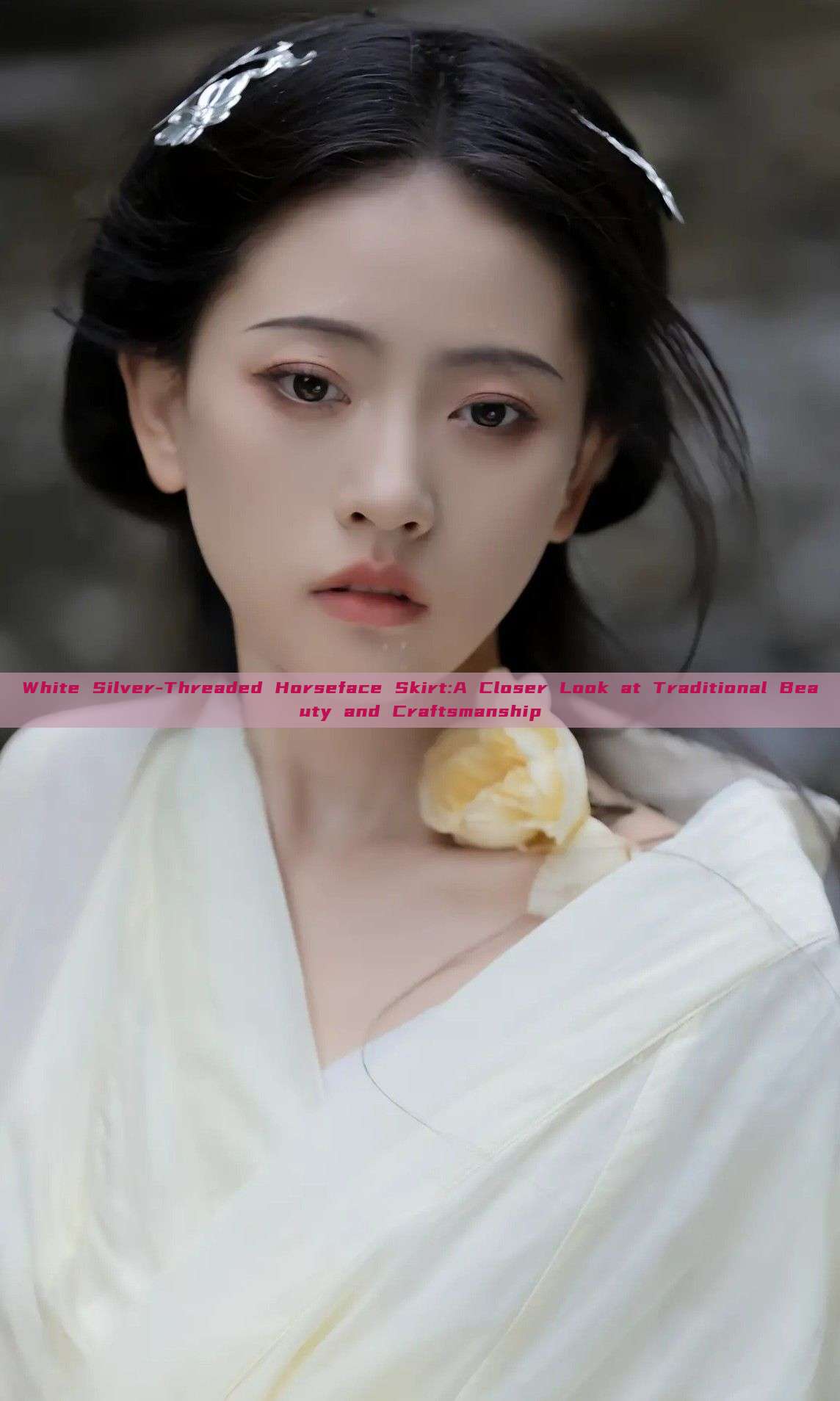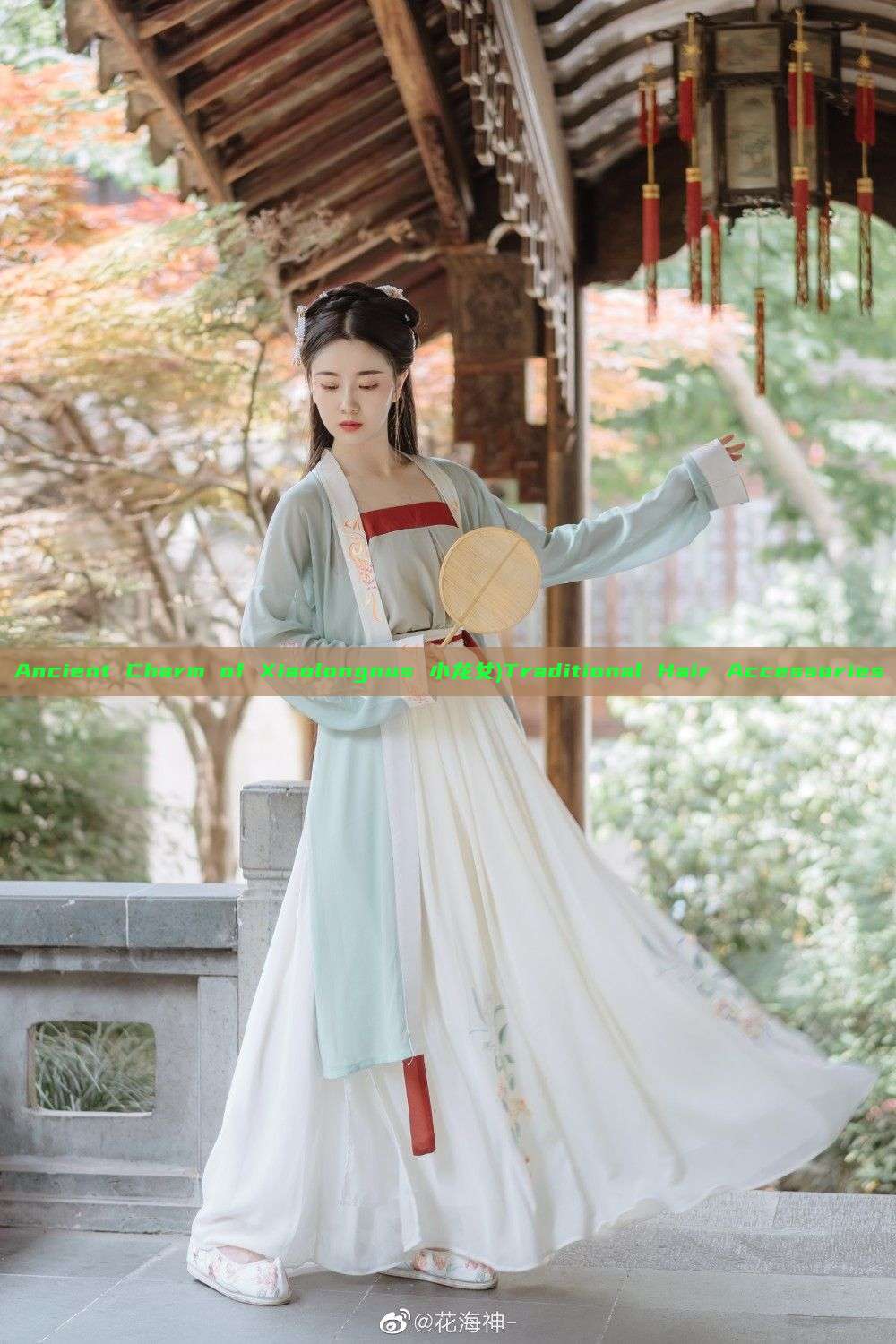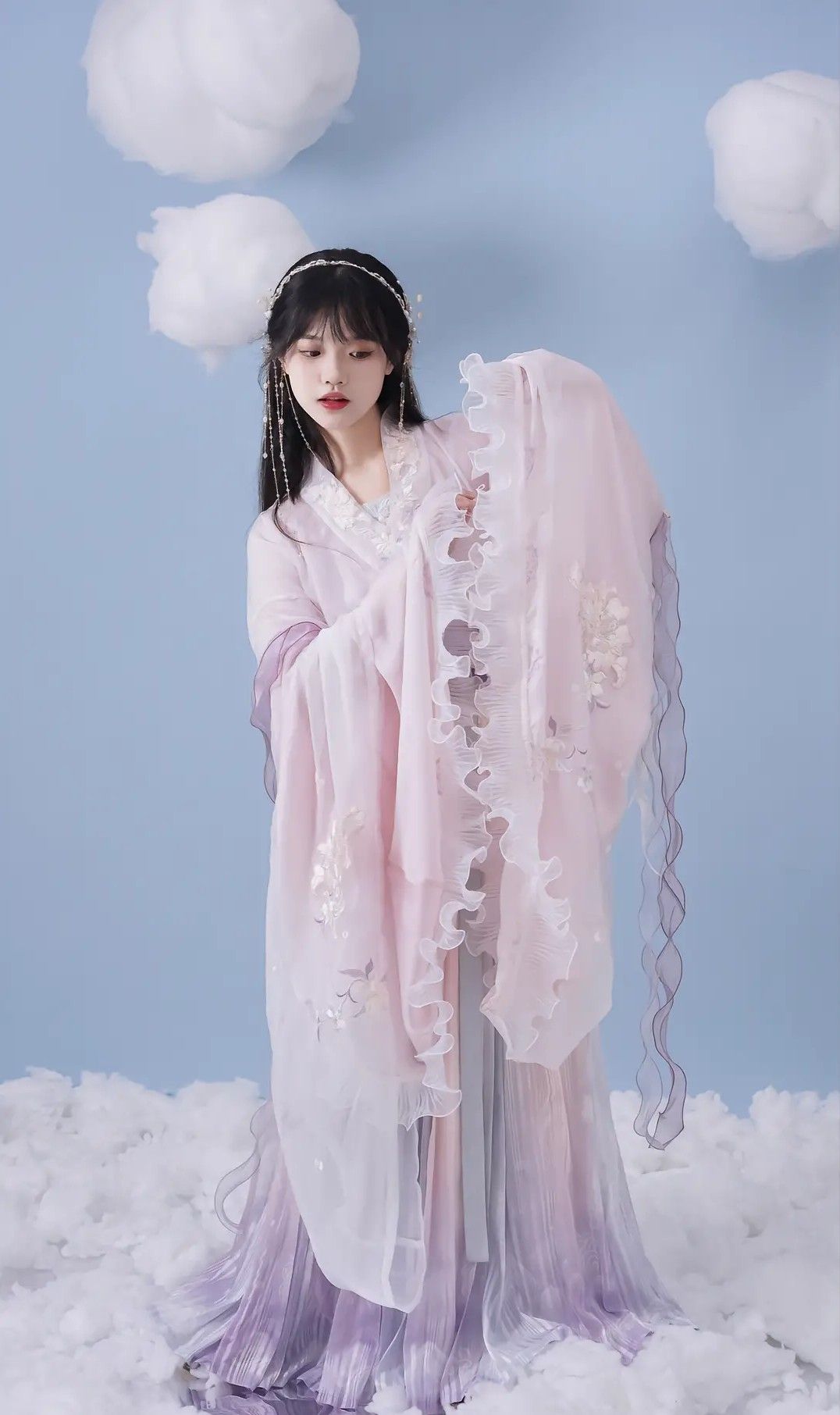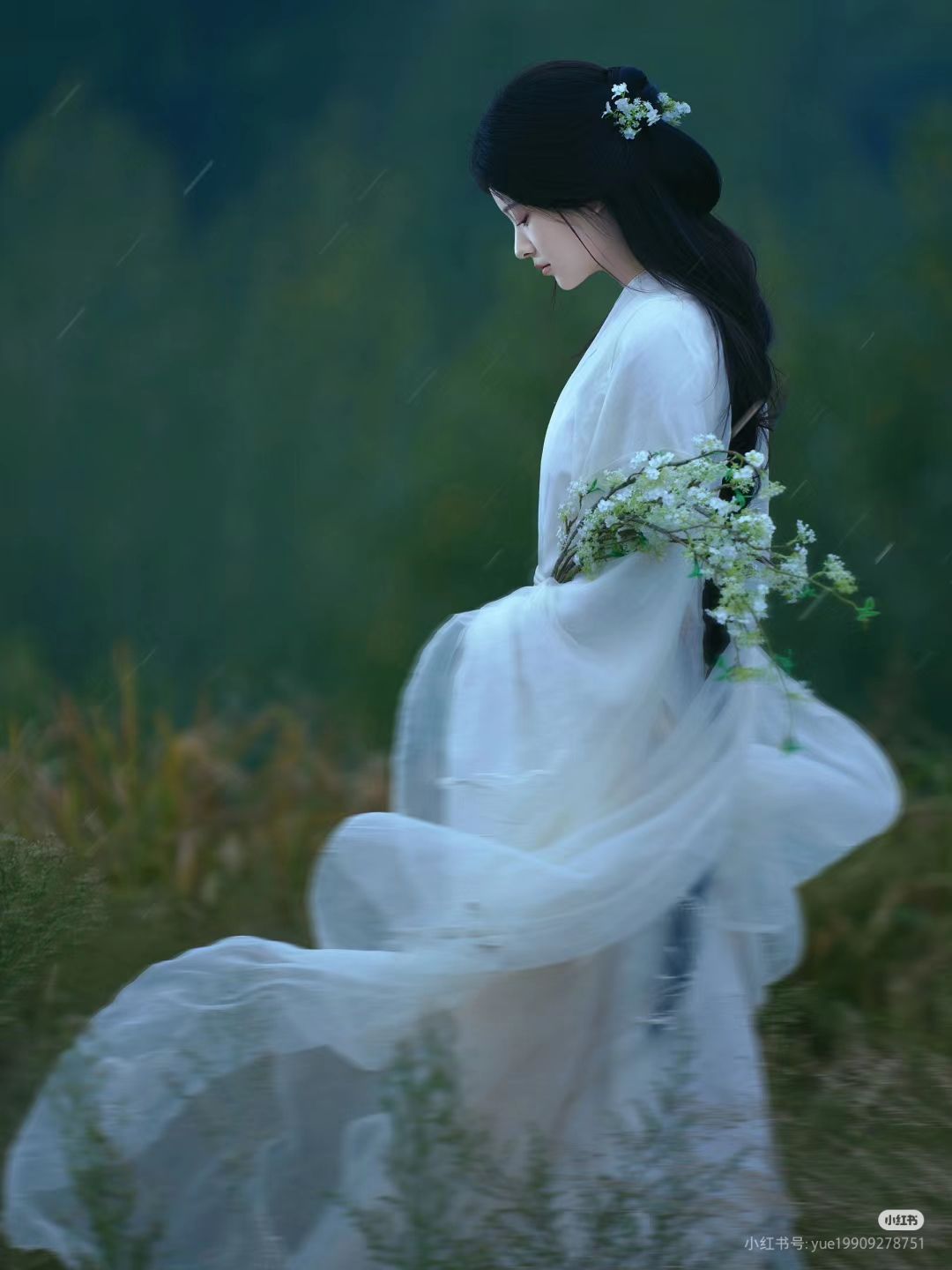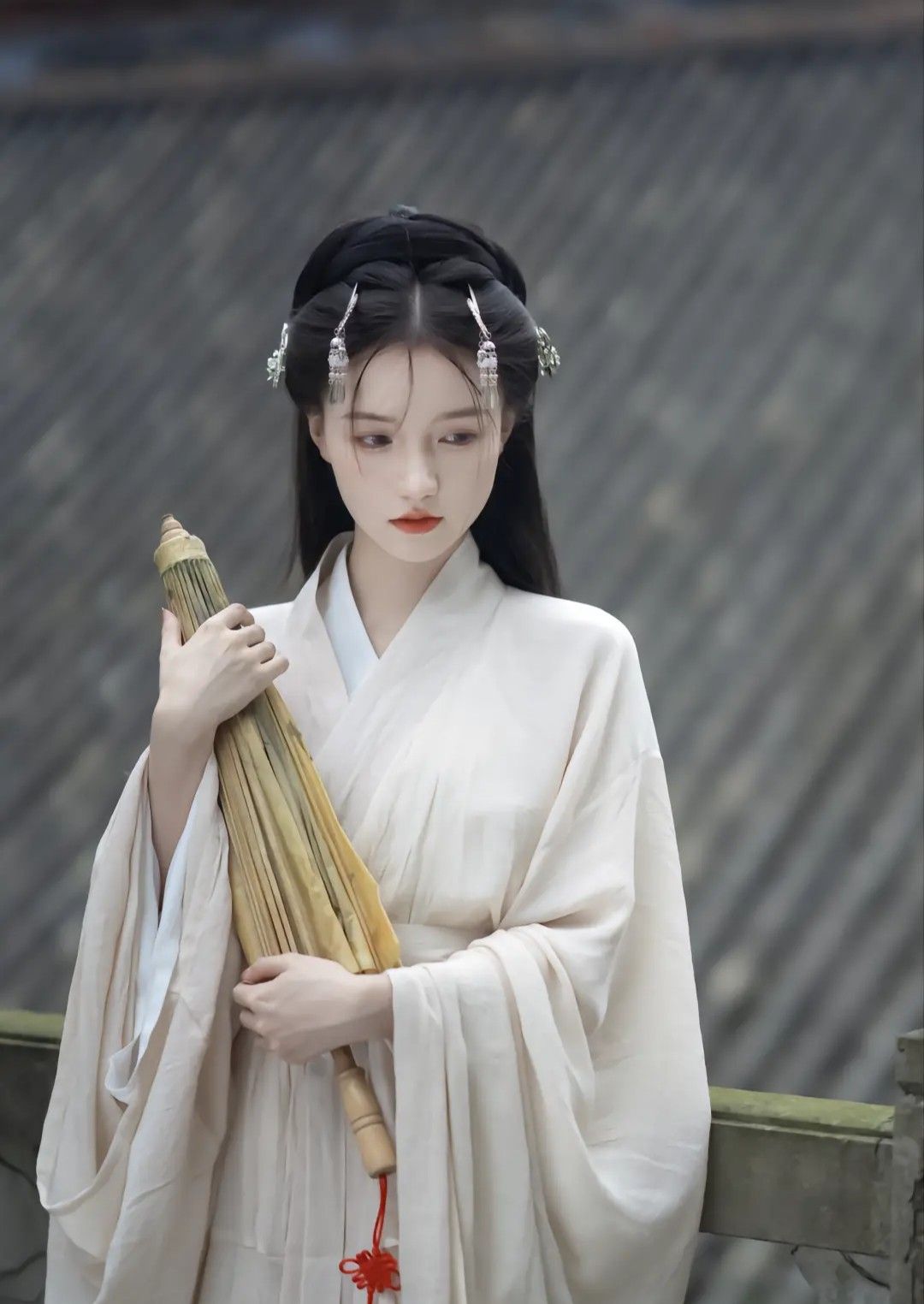In the realm of Chinese Traditional clothing, the qipao stands out as a symbol of elegance and cultural heritage. This graceful garment, often associated with auspicious events and special occasions, is known for its intricate designs and meticulous craftsmanship. Among the various aspects that contribute to the beauty of qipao, the edge binding, or ‘bian bian’ in Chinese, plays a pivotal role. It not only enhances the overall aesthetic appeal of the garment but also reinforces its durability.
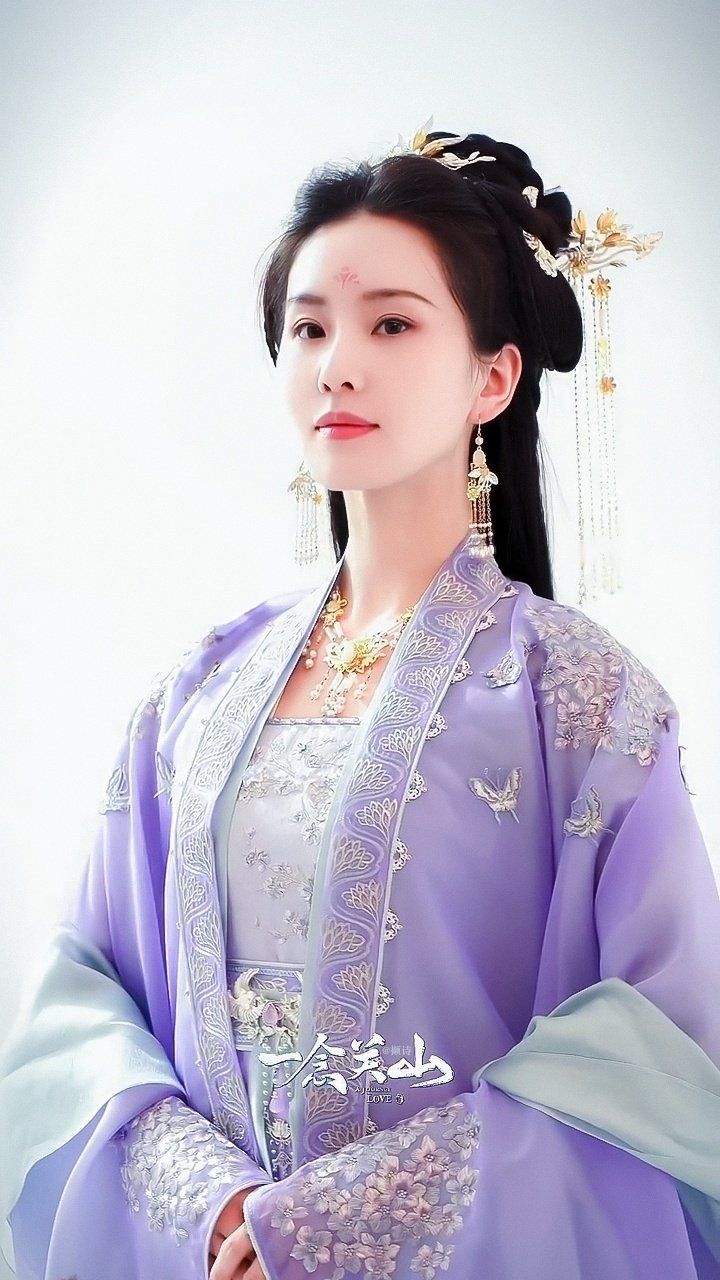
Edge binding on qipao involves a series of complex steps that require skilled craftsmanship. The process begins with the selection of suitable material for the binding. Generally, silk or a similar soft and resilient material is preferred as it blends harmoniously with the qipao’s fabric and ensures longevity. The next step involves cutting out the pattern for binding, which is then carefully placed along the edges of the qipao.
The actual binding process involves stitching the binding material onto the qipao’s edge using traditional techniques like running stitch or cross stitch. This requires great precision and attention to detail as every stitch must be even and aesthetically pleasing. The use of traditional Chinese embroidery techniques further enhances the beauty of the binding, adding intricate patterns and designs that complement the overall theme of the qipao.
The art of edge binding on qipao also involves consideration of cultural elements. Different regions in China have their own unique styles and techniques of edge binding, reflecting their rich cultural heritage. For instance, some bindings feature traditional Chinese symbols like flowers, birds, or patterns that symbolize good luck and prosperity. These elements not only add to the aesthetic value of the qipao but also carry forward the traditional values and culture.
Moreover, the materials used in edge binding also undergo constant innovation to keep up with changing times and preferences. Modern qipaos may feature bindings made of synthetic materials that offer greater durability and resistance to wear and tear. These materials also provide more options in terms of color and texture, allowing for greater creativity in design.
The art of edge binding on qipao is not just about adding beauty to a garment; it’s about preserving a rich cultural heritage. It’s a testament to the skilled craftsmanship that has been passed down through generations, ensuring that this beautiful garment remains a symbol of elegance and culture for future generations.
In conclusion, the art of qipao edge binding is an integral part of Chinese traditional clothing culture. It involves meticulous craftsmanship, consideration of cultural elements, and innovation to meet modern needs. As we celebrate the beauty and richness of Chinese culture, it’s important to appreciate and preserve the art of edge binding on qipao as it continues to evolve and adapt to changing times. Through this craftsmanship, we can witness the harmony between tradition and modernity, between past and future, ensuring that the legacy of qipao lives on for generations to come.


